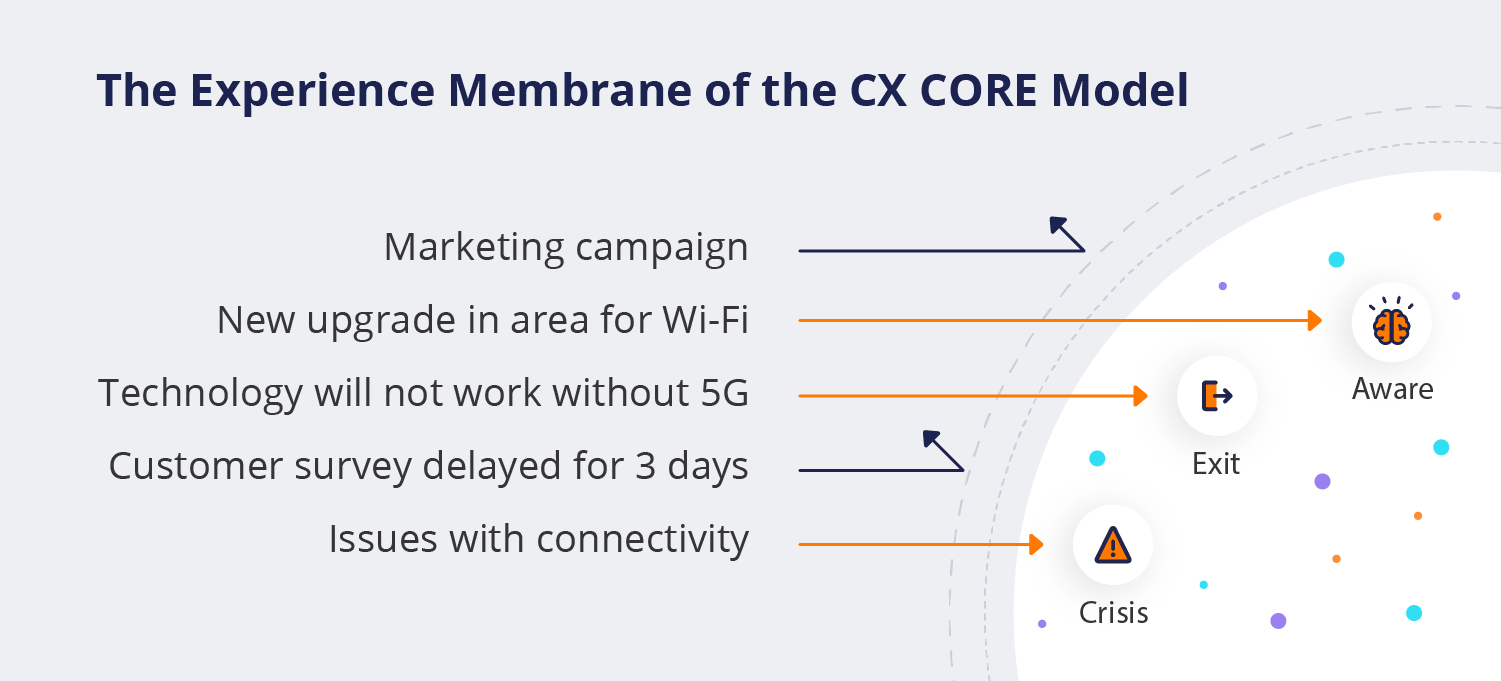The technology that surrounds the customer experience and, in particular, artificial intelligence, is a growth and learning process that does not stop evolving. When we interact with customers we have established quality parameters, sales objectives and results, but are we really contemplating the essence of CX or can we go a step further?
In this context, the CX Membrane plays a key role: it defines what types of interactions will or will not be allowed with customers when there are conflicting company objectives.
Sensitive interactions
The ability to send the right message at the right time through the preferred channel is a maxim in the CX universe, as well as in instances of lead scoring, lead nurturing, upselling, cross selling and more. Even when these processes are optimized through strategic automations, they can often have overlapping interests, directives, and messages or must intelligently adapt to the client’s current mood and recent history.
Gartner defines CX Membrane as a set of company policies and interaction tags that determine how you relate to your customers and they to you. It is an evolution of the traditional customer experience that considers their needs, context, and expectations with a particular focus on empathy from the beginning of the relationship.
Membrane work begins with the signals, the data collected during a customer interaction. This is continued in the customer relationship stage , the inferred and automated condition of their thoughts and feelings about the quality of interaction with the company. Finally, the principles of interaction are the textual description of the conditional rules of etiquette that define how to react to a certain stage of the customer.
What does this look like in practice?
Customer engagement technologies have delivered automation at scale, but they should also help organizations build holistic relationships . The membrane is relevant to customer experience design, particularly when interacting with different functional domains such as customer service, sales, and marketing.
“Fuente: Gartner”
Let’s suppose that a client expresses having recurrent connectivity problems in the dataphone or posnet of his premises, which threatens their work. However, two marketing departments plan to send multiple communications about new services and hardware they want to sell you. The customer experience membrane accounts for this scenario and the response label includes the following empathetic policies:
- Do not send marketing messages or upsell offers.
- Do not send satisfaction surveys until an estimated time is provided for resolution.
- Offer free services to a customer in the “crisis” stage for more than three days.
- An agent must contact the customer who has experienced more than three recurrences of the same problem.
Even if the problem is resolved, the membrane also determines that the customer presents a risk of desertion , since they may experience the same problem again if they continue to use the same device. To rescue the relationship, the membrane maintains rules for upsell offers and monthly service credits. These actions lead the customer to recognize that they need new hardware, and that the vendor wants to retain the customer’s business.
As Gartner explains, intelligent coordination is a form of human and technological orchestration . Understanding the customer relationship and principles of empathy prescribe a unique set of coordinated actions to be executed across the organization, resulting in relevant and frictionless CX .




